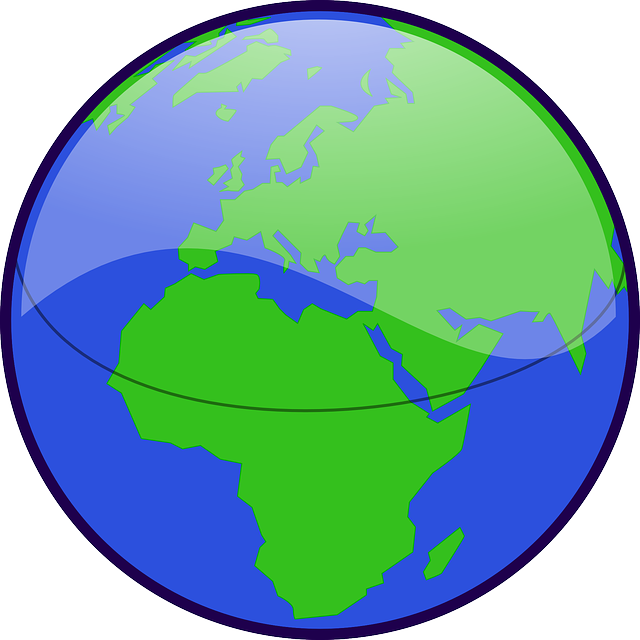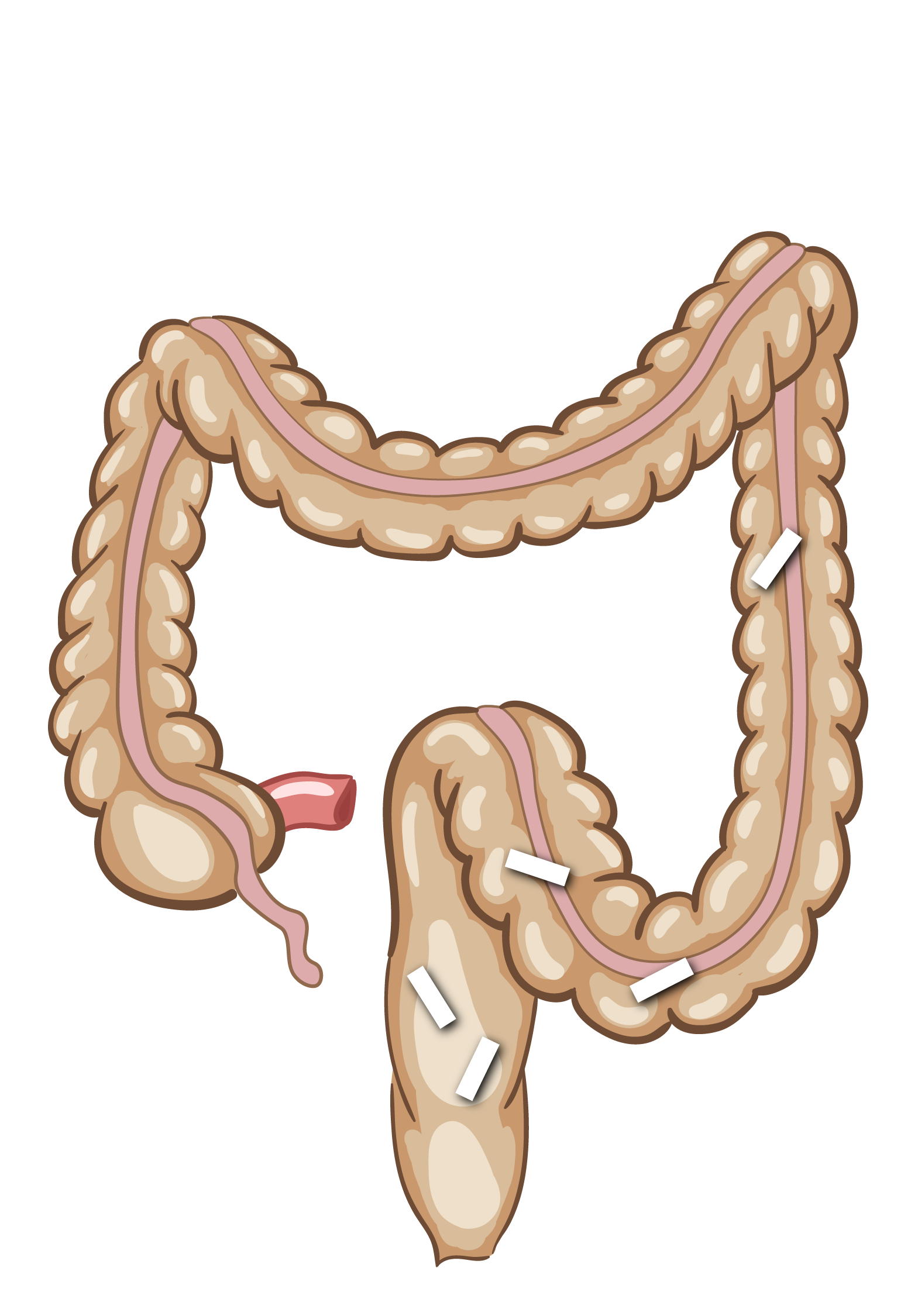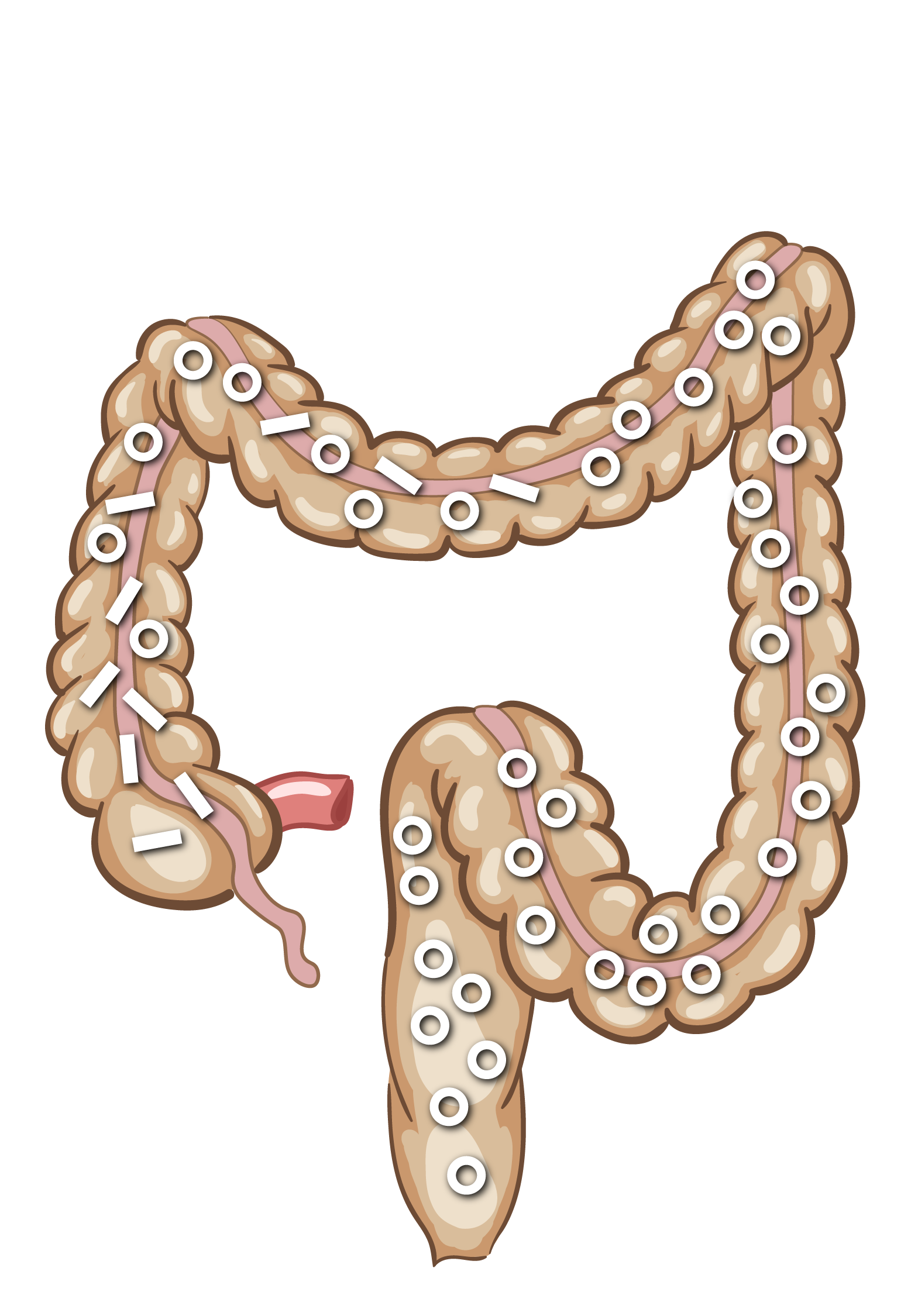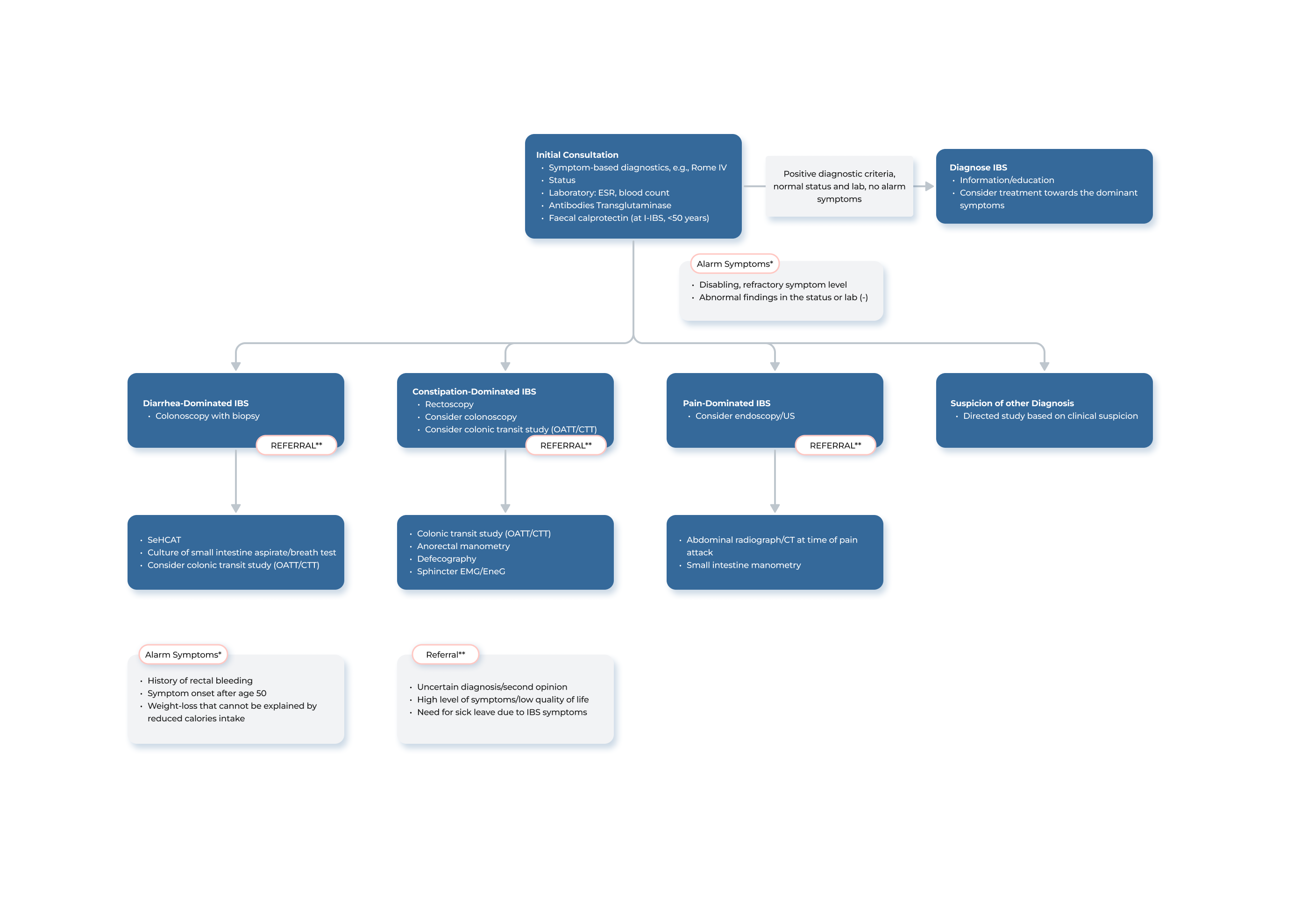Personel medyczny
Z dumą oferujemy markery radiocieniujące Transit-Pellets, które zostały zaprojektowane w celu usprawnienia oceny i leczenia zaburzeń motoryki, takich jak zaparcia, biegunka i zespół jelita drażliwego (IBS). Nasze oznaczniki produkowane są Transit-Pellets method. Ponadto udostępniamy internetowy standardowy raport z testu pasażu okrężnicy, który jest przeznaczony dla lekarzy i radiologów.
Zatwierdzona metoda i bezpieczne markery do ilościowej oceny ogólnego i miejscowego pasażu treści pokarmowej przez okrężnicę
Transit-Pellets method i Transit-Pellets znackniki radiologiczne (radiopaque markers) mogą być stosowane do:
- pomiaru szybkiego, prawidłowego i spowolnionego pasażu treści pokarmowej przez okrężnicę
- rozróżnienia pomiędzy zaparciem ze spowolnionym a z prawidłowym pasażem treści pokarmowej przez okrężnicę
- określenia odcinkowych zaburzeń okrężnicy u pacjentów z zaparciami
- rozróżnienia pomiędzy biegunką z prawidłowym a z szybkim pasażem treści pokarmowej przez okrężnicę
- określenia skuteczności terapii pacjentów z przewlekłymi zaparciami.
Badanie czasu pasażu treści pokarmowej przez okrężnicę z użyciem Transit-Pellets method, znane wcześniej jako Abrahamsson method, i nieprzepuszczające promieni rentgenowskich markery Transit-Pellets mogą zmierzyć nasilenie problemów z pasażem. Badanie to może pełnić ważną rolę w określeniu wyborze odpowiedniej drogi leczenia i postawieniu długoterminowych rokowań. Wyniki badania mogą pomóc w podjęciu decyzji w tych kwestiach.
Odniesienia znajdują się w sekcji VALIDATED METHOD.
Ilustracja ruchu markerów Transit-Pellets

Questions?
Contact Us. We’re here to help!
Diana Nyström
+46 (0) 8-460 072 06
diana.nystrom@medifactia.com






